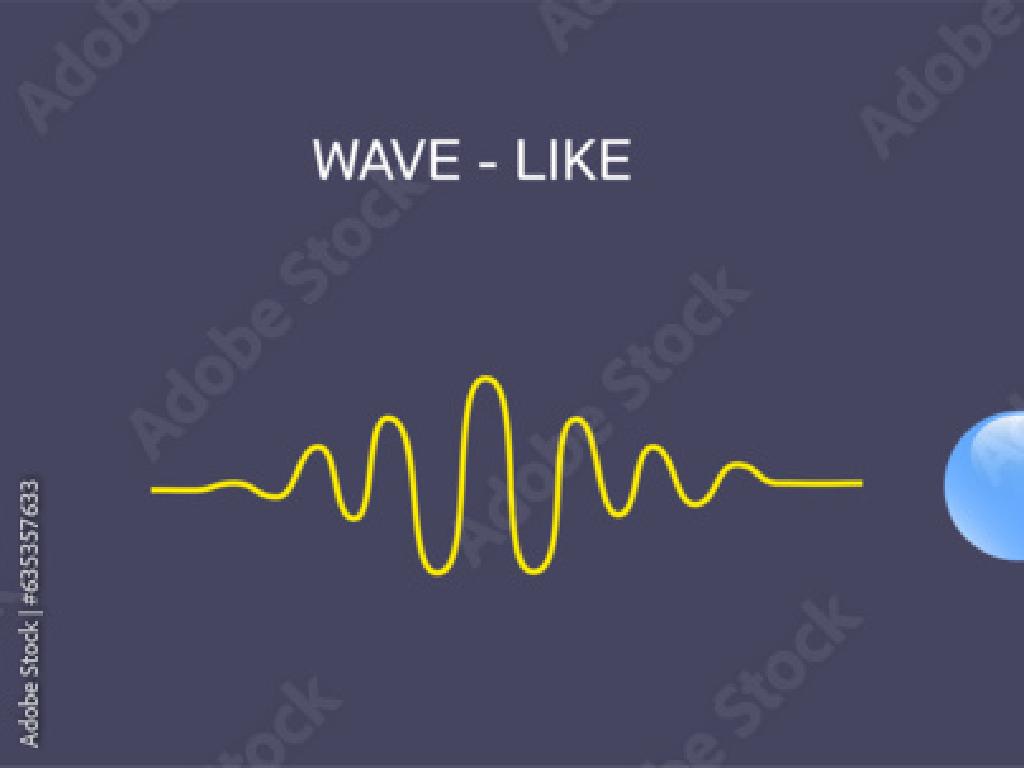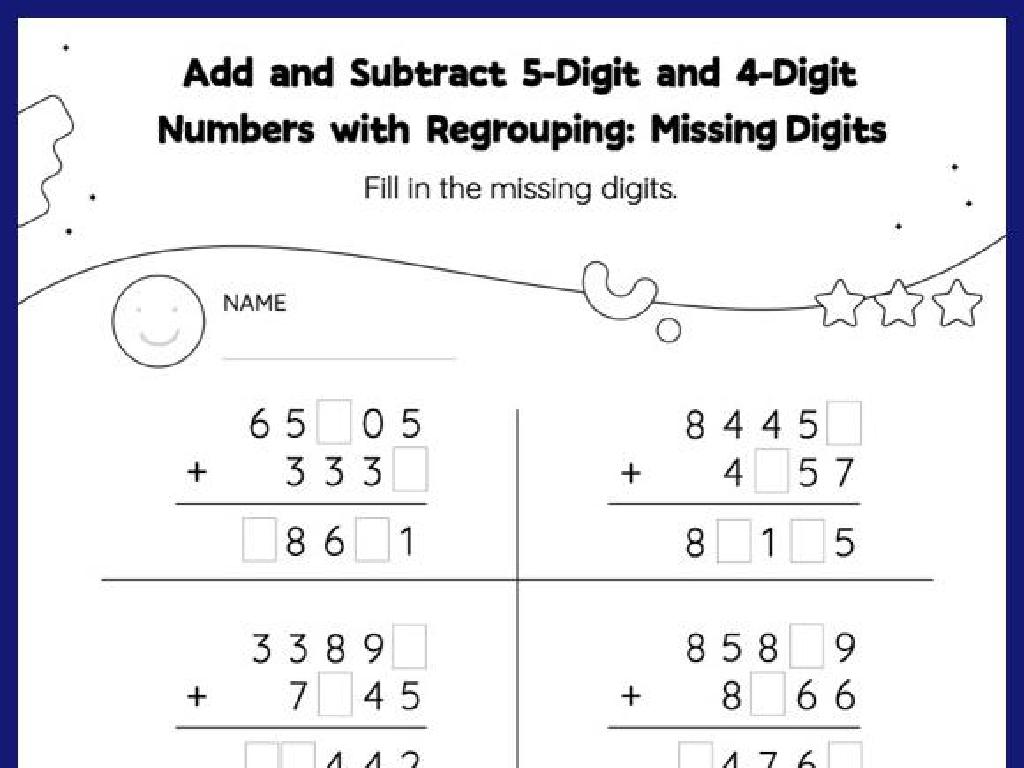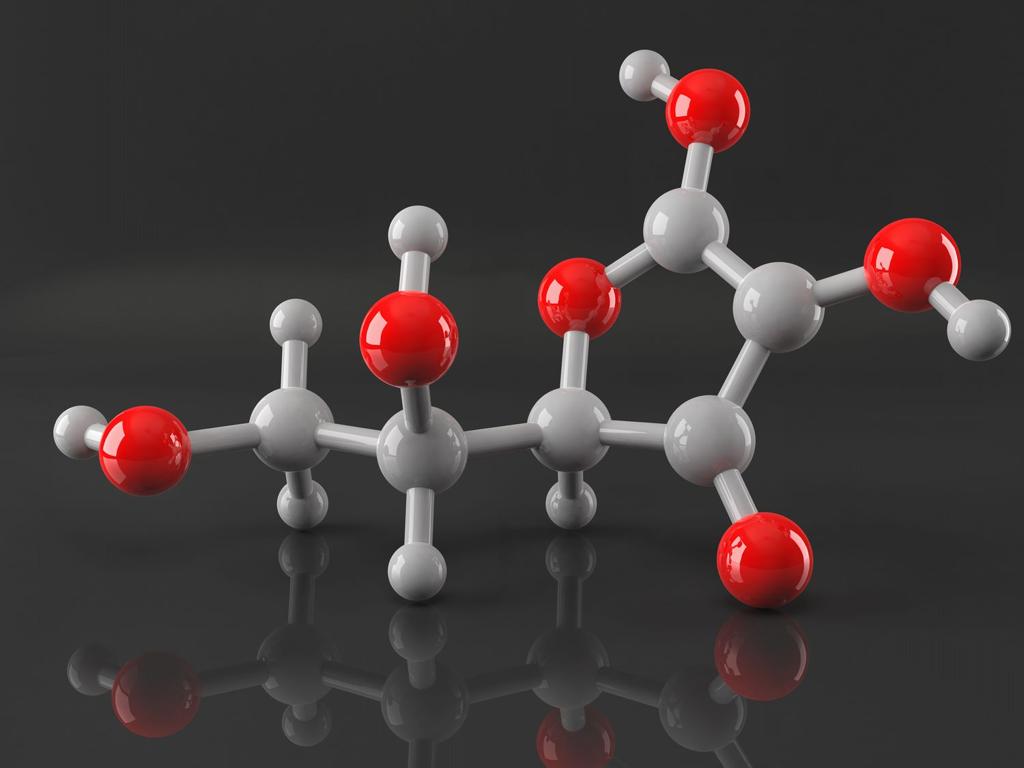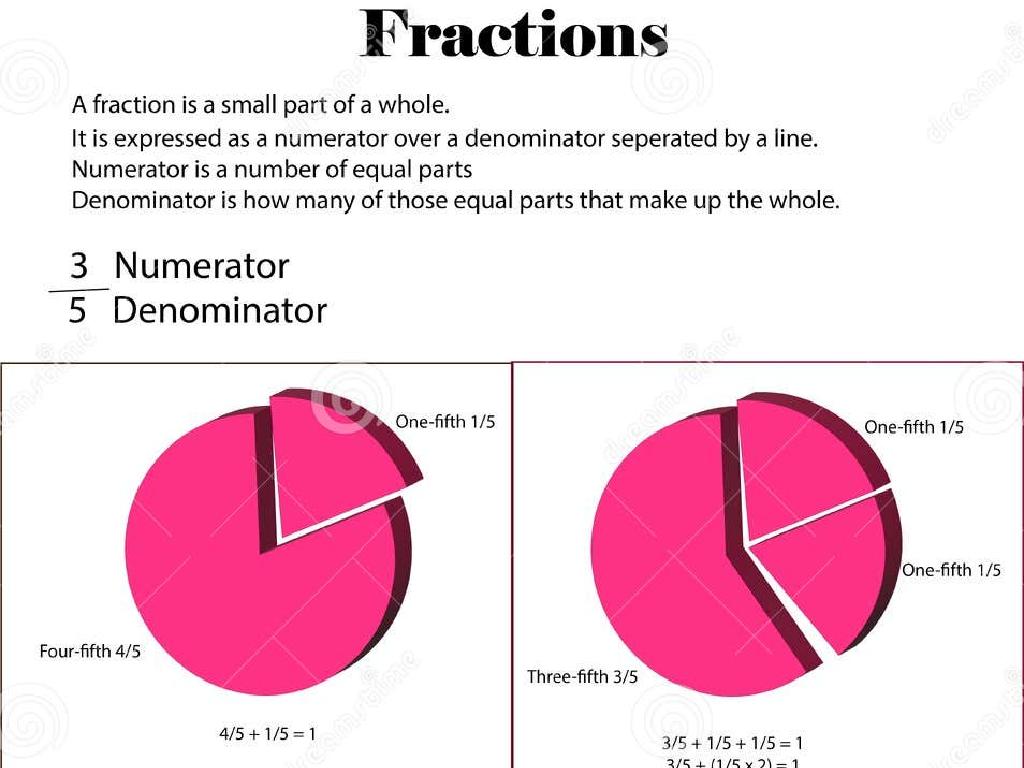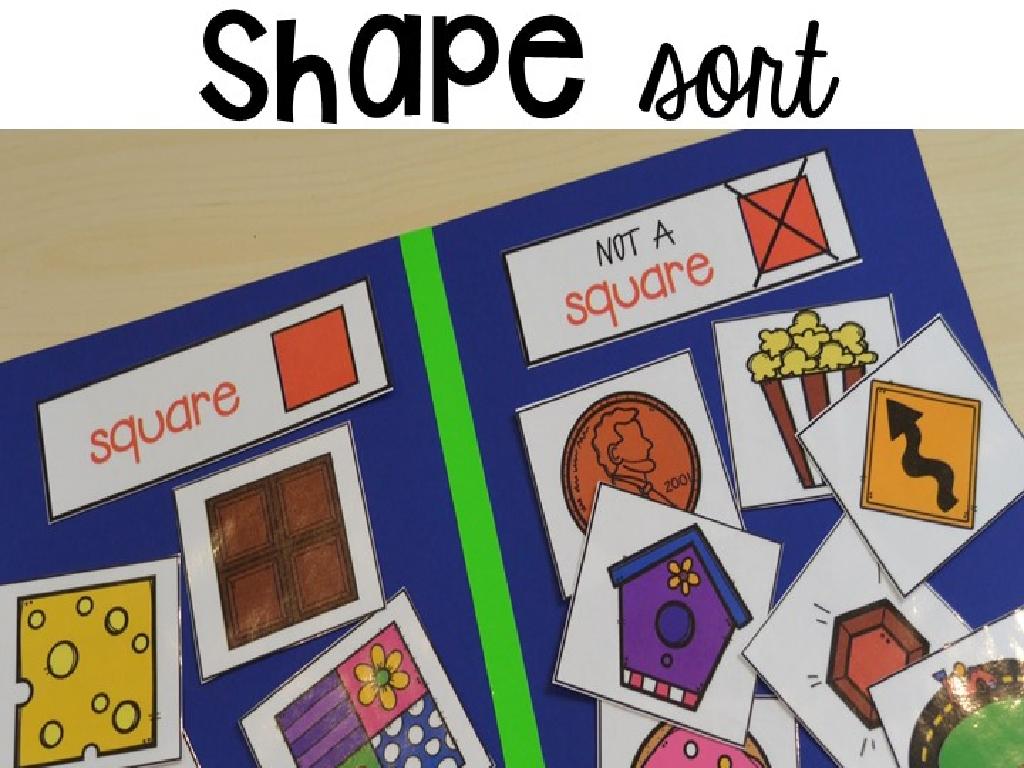Body Systems: Perception And Motion
Subject: Science
Grade: Sixth grade
Topic: Anatomy And Physiology
Please LOG IN to download the presentation. Access is available to registered users only.
View More Content
Exploring Body Systems: Perception and Motion
– Overview of body systems
– Perception: Senses at work
– Our senses help us understand our environment.
– Motion: Muscles and bones
– Muscles contract and bones provide structure for movement.
– Interaction of perception and motion
– How senses guide our movements in response to the environment.
|
This slide introduces the complex interplay between the body’s systems, focusing on how we perceive the world and move within it. Begin with a brief overview of the various body systems, emphasizing the nervous and musculoskeletal systems. Explain perception as the process of gathering information from the environment through our senses, such as sight, sound, and touch. Discuss motion by describing how muscles and bones work together to create movement. Highlight the importance of the nervous system in interpreting sensory information and coordinating our physical responses. Engage students with examples, such as catching a ball (sight to hand coordination) or responding to a hot surface (touch and reflex action). This foundation will set the stage for deeper exploration into anatomy and physiology.
Understanding Perception in Humans
– Defining Perception
– Perception is how we interpret sensory data
– Five senses and their roles
– Sight, smell, taste, hearing, touch inform us about our environment
– Brain’s role in processing
– Our brain interprets signals from senses to create understanding
– Perception’s impact on response
|
Perception is the process by which we interpret and understand sensory information from the environment. Begin by explaining that perception involves all five senses: sight, smell, taste, hearing, and touch, each contributing to how we perceive the world. Discuss how the brain receives signals from these senses and processes them to form a coherent picture, allowing us to react and make decisions. Emphasize that perception is crucial for survival, as it helps us respond to our surroundings effectively. Use examples like how we perceive hot objects through touch and know not to touch them, or how we use sight and hearing to navigate traffic safely.
The Nervous System: Perception and Motion
– Nervous System Components
– Consists of the brain, spinal cord, and nerves
– Perception via the Nervous System
– Nerves relay information from the environment to the brain
– Brain-Senses Connection
– The brain processes information from the senses
– Motion Control by Nervous System
– The brain sends signals to muscles to create movement
|
This slide introduces the Nervous System and its role in perception and motion. The Nervous System is made up of the brain, spinal cord, and a network of nerves that extend throughout the body. It is responsible for gathering information from the senses, processing it, and then responding accordingly. Students should understand how the brain interprets signals from the senses to perceive the environment and how it sends instructions to muscles to move the body. Activities can include identifying parts of the Nervous System, discussing how different senses contribute to perception, and exploring how the brain communicates with muscles to initiate motion. Encourage students to think about how they use their senses and movements in daily life.
The Muscular System: Movement and Types
– Muscles are key to movement
– Three muscle types: Skeletal, Smooth, Cardiac
– Skeletal: moves bones, Smooth: in organs, Cardiac: heart only
– Muscle teamwork for motion
– Muscles contract and relax in pairs to move
– Examples of muscle coordination
– Walking uses leg muscles; heart beating uses cardiac muscles
|
This slide introduces the muscular system, emphasizing its role in facilitating movement. Begin by explaining that muscles are responsible for all types of movement in the body. There are three types of muscles: skeletal muscles, which are attached to bones and control voluntary movements; smooth muscles, found in the walls of internal organs and responsible for involuntary actions; and cardiac muscles, which are found only in the heart and pump blood throughout the body. Discuss how muscles work in pairs to create motion, contracting and relaxing in a coordinated manner. Provide examples such as how leg muscles work together to allow us to walk, and how cardiac muscles work continuously to keep our heart beating. Encourage students to think of other examples of muscle coordination in daily activities.
Exploring the Skeletal System
– Bones: The body’s framework
– Bones give shape and structure, like the frame of a building.
– Joints: Where bones meet
– Joints allow movement; think of knees and elbows bending.
– Skeletal support and protection
– Bones protect organs; the skull shields the brain.
– The role of the skeleton in motion
– Muscles attach to bones, helping us move.
|
This slide introduces the skeletal system, emphasizing its importance in providing structure, enabling movement, and protecting vital organs. Start by discussing the role of bones in giving the body its shape, much like the framework of a building. Explain how joints contribute to flexibility and movement, using familiar examples like bending knees or elbows. Highlight how the skeletal system offers protection for internal organs, with the skull as a prime example of protecting the brain. Finally, touch on how the skeletal system and muscles work together to facilitate motion. Encourage students to think about how their own bodies move and ask them to identify bones and joints they use every day.
Coordination for Motion: Teamwork in the Body
– Nervous & Muscular Systems synergy
– Nerves signal muscles to contract for movement.
– Brain: The control center for movement
– The brain processes information and directs muscles.
– Reflex actions vs. voluntary movements
– Reflexes are automatic, like blinking; voluntary movements are like walking.
– Examples of reflex and voluntary actions
– Knee-jerk is a reflex; raising your hand is voluntary.
|
This slide explores how the nervous and muscular systems collaborate to produce movement, with the brain playing a pivotal role in controlling voluntary actions. Students should understand that reflexes are involuntary and occur without conscious thought, while voluntary movements are those we decide to make. Examples like the knee-jerk reflex and choosing to raise a hand in class will help illustrate the difference. Encourage students to think of other examples and to be aware of their own reflexes and voluntary movements throughout the day.
Perception in Action: Sensory to Motor
– Journey from sensory input to motion
– How our senses guide our movements
– Perception’s role in movement
– Senses detect stimuli, brain processes, body reacts
– Real-life example: Catching a ball
– Eyes see the ball, brain calculates, hands move to catch
|
This slide explores the fascinating process of how our bodies translate sensory information into physical motion. Begin by explaining how sensory organs receive information and send it to the brain. Emphasize perception’s critical role in interpreting sensory data, leading to informed movement. Use the example of catching a ball to illustrate the concept: eyes track the ball’s path, the brain assesses speed and trajectory, and the muscles coordinate to catch it. This case study can be a relatable way for students to understand the complexity and speed of their body’s response system. Encourage students to think of other examples where perception leads to quick motion, such as dodging a frisbee or tapping a popped balloon.
Class Activity: Sensory Scavenger Hunt
– Explore using your senses
– Find soft, loud, bright, sweet, aromatic items
– Discuss body’s perception
– How did your senses work together to find these items?
– Share how senses led you to items
– Did one sense help more than another?
|
This activity is designed to help students understand how their senses interact with the environment to aid in perception. Divide the class into small groups and assign different areas of the school for the scavenger hunt. Provide a worksheet for students to record their findings. After the activity, facilitate a discussion on how each sense contributed to locating the items. Encourage students to describe the sensory experience and what clues each sense provided. Possible variations of the activity: 1) Blindfolded sound identification, 2) Texture guessing game with mystery boxes, 3) Taste testing with different flavors, 4) Aromatherapy with various scents, 5) Light intensity observations with colored glasses.
Class Activity: Simon Says – Motion Edition
– Play ‘Simon Says’ with motion commands
– Focus on listening and quick responses
– Observe how muscles and joints respond
– Notice which muscles and joints you use for each command
– Reflect on the activity’s experience
– Think about how your body felt during the movements
|
This interactive activity is designed to help students understand the relationship between perception (listening to the command) and motion (executing the command). It will also give them a practical understanding of how their muscles and joints work together to perform movements. As the teacher, you will act as ‘Simon’ and give out commands for the students to follow, ensuring they only move when ‘Simon says’. After the activity, lead a discussion on how their bodies felt and which body parts were engaged. Possible variations of the activity could include slow-motion movements, freeze frames, or commands that require balance and coordination.
Conclusion: Body Systems in Action
– Recap: Perception & Motion Systems
– Daily life applications
– How we see, hear, move affects everyday tasks
– Quick Quiz on key concepts
– Test your understanding with a fun quiz
– Reflect on what we’ve learned
– Think about how our body’s systems work together
|
As we wrap up today’s lesson, we’ll revisit the main points about the body’s perception and motion systems, emphasizing how these systems are crucial for our daily activities like walking, playing sports, and even reading. Highlight examples such as using eyesight to navigate or the muscular system to dance. Conclude with a quick quiz to reinforce the concepts covered, ensuring students can identify and explain the functions of different body systems. Encourage students to reflect on the interconnectedness of these systems and how they contribute to their overall well-being and ability to interact with the world.

